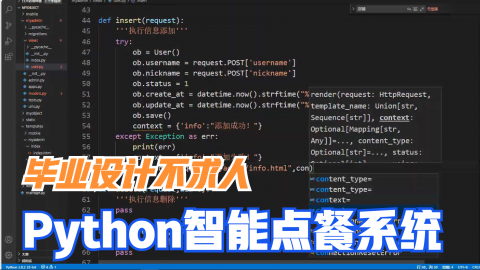常用方法:
最近有用到的 通过获取对象中属性才用到
python获取对象的属性 vars(p) or p.__dict__ 返回的是属性列表
>>> class Point: ... def __init__(self, x, y): ... self.x = x ... self.y = y ... >>> p = Point(1,2) >>> vars(p) {'x': 1, 'y': 2} >>> p.__dict__ {'x': 1, 'y': 2}
update 将2个字典合并
>>> s = {'a':9}
>>> s
{'a': 9}
>>> s.update(vars(p))
>>> s
{'a': 9, 'x': 1, 'y': 2}
字典取值(2种方法都可以取值,但是建议使用get,当去字典种不存在的值时使用第一种方法会报错)
>>> s['a'] 9 >>> s.get('a') 9
>>> s['c']
Traceback (most recent call last):
File "<stdin>", line 1, in <module>
KeyError: 'c'
>>> s.get('c')
>>>
判断是否存在某个键
>>> 'a' in s True
获取所有的值,以及获取所有的键,以及键值
>>> s.values() dict_values([9, 1, 2]) >>> s.keys() dict_keys(['a', 'x', 'y']) >>> s.items() dict_items([('a', 9), ('x', 1), ('y', 2)]) >>> for k,v in s.items(): ... print('{}:{}'.format(k,v)) ... a:9 x:1 y:2
clear()清空字典里面的数据
>>> s.clear() >>> s {}
内容来源于网络如有侵权请私信删除
- 还没有人评论,欢迎说说您的想法!





 客服
客服


